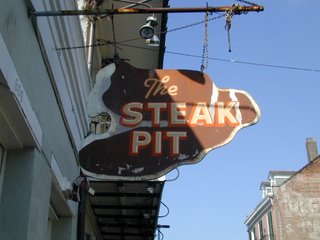 The year 1916 hardly sounds like a time of radical modernism, but as the globe emerged from the horrors of the First World War, a group of artists were expressing their shock and rage with works that turned the very notion of art on its head. From their choice of material (found objects, trash, ephemera) to their hostile attitude (defacing art masterpieces, showcasing the mundane as profound), the Dadaists brought messy, contemporary life crashing into the halls of Art.
The year 1916 hardly sounds like a time of radical modernism, but as the globe emerged from the horrors of the First World War, a group of artists were expressing their shock and rage with works that turned the very notion of art on its head. From their choice of material (found objects, trash, ephemera) to their hostile attitude (defacing art masterpieces, showcasing the mundane as profound), the Dadaists brought messy, contemporary life crashing into the halls of Art.The National Gallery of Art in Washington, DC is currently hosting the largest exhibition ever of works from the Dada movement through May 14 (the exhibit opens at New York's Museum of Modern Art on June 8). The show focuses on the major cities that produced Dada and highlights the new techniques that were developed by the movement. Many of these were precursors to later movements such as surrealism, performance art, and pop art. Found objects were titled, signed, and exhibited in galleries as "ready made" art like Marcel Duchamp's (1887-1968) "L.H.O.O.Q." alteration of a 'Mona Lisa' print. New techniques in photography were explored like Man Ray's (1890-1976) 3-D object photo exposures called "rayographs."
 Dada also had a major impact on graphic design--using printed ephemera (newspapers, tickets, candy wrappers, advertisements) as material for photomontages and collages; experimenting with chaotic typography; and creating bold images through abstraction and chance. Dada even marketed itself through the guerilla tactics of street protests, media manipulation, and sloganeering. "The normal state of man is Dada" and "The true Dadas are against Dada" (from 1919 posters) are the branding ancestors of "I want my MTV" and "America spells cheese K-R-A-F-T."
Dada also had a major impact on graphic design--using printed ephemera (newspapers, tickets, candy wrappers, advertisements) as material for photomontages and collages; experimenting with chaotic typography; and creating bold images through abstraction and chance. Dada even marketed itself through the guerilla tactics of street protests, media manipulation, and sloganeering. "The normal state of man is Dada" and "The true Dadas are against Dada" (from 1919 posters) are the branding ancestors of "I want my MTV" and "America spells cheese K-R-A-F-T."Some later artists who adapted the techniques of Dada acquired the label "Neo-Dada." Jasper Johns (1930- ), Jim Dine (1935- ), and Robert Rauschenburg (1925- ) used assemblage and ready mades to make social and aesthetic critiques through the arrangement of banal objects. Now with the continuing invasion of media into all aspects of our lives--where advertising is 'viral' and 'reality' is scripted--the lines between art and propaganda are even more indistinguishable. As Tristan Tzara (1896-1963) said in 1920, "No one can escape from Dada."





